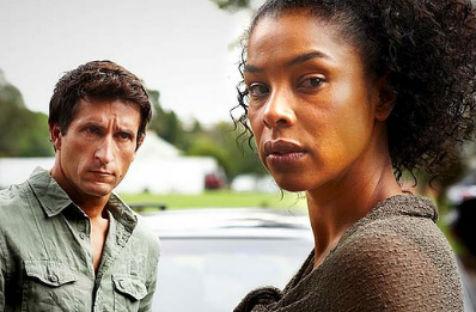When we talk about ‘colourful people’ we usually mean people who are interesting and different from a predictable norm. It’s a positive description, especially among people who value creativity and expression.
But when we slightly change the words and talk about ‘coloured people’ the connotations are not as positive anymore. ‘Coloured people’ is a less flattering term to distinguish people of Anglo descent (‘white people’) from the rest of the world. These ‘coloured people’ come in many colours – yellow, brown, black. But when we describe them by their skin colours we don’t see the rest of them. Talking about colour is a step towards generalisation. You no longer identify individuals but see only collectives.
For actors and casting directors, talking about colour is a problem. As ArtsHub has observed, cultural diversity in the arts is far from a reality.
The Australian screen and stage has long been condemned for being Anglocentric. On main screens and main stages actors are predominantly white. Power holders pay lip service to diversity. They jump to announce a single non-Anglo character in their productions. They feel they have to justify the existence of a non-Anglo character.
For me, as an Asian actor, this justification is jarring. I never need to justify my existence among my peers. But when it comes to the stage or the screen suddenly I need justify my existence.
So should we go about responding to diversity in the arts? Some people advocate colour-blind casting, which means ignoring or bleaching out colour differences. This sounds attractive but it can easily twist identities to promote an individual’s agenda. The Asian mythological animation Airbender was ‘white-washed’, with Asian characters turned white, when it was adapted as a life action movie. That’s ‘colour-blind’ for some.
Diversity casting is a different approach. It means making sure we have a range of black, Asian, indigenous faces on our screens and stages. This sounds fairer and a more accurate reflection of our society.
But if diversity casting just means placing a black or Asian face to make a production look good, it can have the reverse effect of colour-blindness, actually making us more aware of colour without really acknowledging the diversity it should reflect.
At Diversity Casting Australia, we promote greater choices when the circumstance is right but not for the sake of providing a certain colour mix. We need to diversify who is on our screens according to who is the best actor and not who belongs to which colour. The colour factor never gets involved because diversity comes from opportunity and performance.
Fortunately things are changing in the past two or three years in the independent scene. Indie productions are embracing diversity and the younger generation of practitioners who grew up in more culturally diverse Australian society are embracing a natural diverse stage and screen presence. These younger generations did not come with the burden of a white-Australian society and they do not need ‘colour blind casting’ because colour is not a main issue for them.
The change is slow and sometimes painful, as you need to tear down layers and layers of cultural stereotypes before people can see your true self. But when that happens it is rewarding. I have had people asking me why bother fighting. But I don’t see that it is fighting at all. It’s something I simply believe in and try to achieve.
As with all things, the road to success is never easy but if we don’t make the journey, we will never see the destination.





